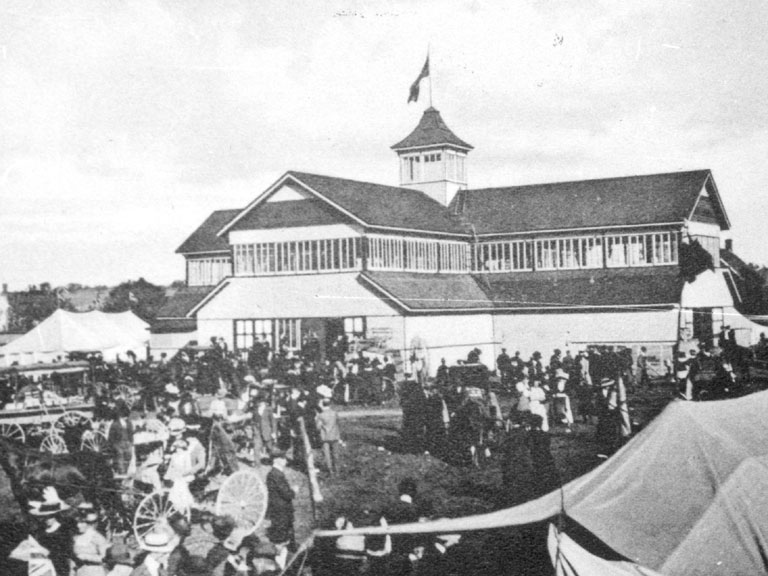County News
Pretty old things

Report highlights challenges with the County’s array of buildings
The municipality has a lot of things. Too many things. Some new. Most are old. In some cases, very old. And they are all getting older. They all need maintenance and repair. Some need a lot more than that.
Among its things, the County has a lot of buildings. When the last official count was done about 12 years ago, Shire Hall counted 88 buildings and 120 pieces of property scattered across the County. It has struggled to find the money to keep all these things viable—fit for purpose.
It has haltingly tried to dispose of a few—but each time, a delegation has come to Council to persuade it that the building’s historic/sentimental/intrinsic value is too great, or was. Typically, Council concedes the point, effectively kicking the challenges/costs/potential disaster down the road.
Last year, Shire Hall decided it had to provide a sense of the size of the problem. Using grant funding, it hired a third-party firm—Roth IAMS—to examine 49 of its buildings and determine how much money it would take to return these to proper condition and maintain them.
It is a big number. Roth IAMS estimates the municipality will have to spend $95.7 million over the next 30 years to repair and maintain these 49 buildings. Not all at once—but at least $5.3 million each year. Forever. (This before factoring in inflation and real-world costs.)
Some buildings are in much worse condition than others. In its examination, Roth IAMS produced a Facility Condition Index (FCI), a universally accepted way to compare buildings that vary in type, scale and purpose. An FCI estimates the renewal costs (how much will it take to bring this building up to a viable standard) and then divides that number by the estimated cost to replace it. In the same way, you might not spend $5,000 to repair a car you spent $1,000 to purchase, FCI provides a useful benchmark to determine whether to proceed or consider an alternative.
Roth IAMS looked at two admin buildings, four operations structures, eight fire halls, 15 waterworks structures, and 20 community-use facilities—mostly town halls. Not surprisingly, buildings oriented toward operations and municipal services are generally in good shape. Community centres are not. Only the Macaulay Museum and Wellington District Community Centre have an FCI rating considered Fair. Most other halls and community spaces are rated either Poor or Critical.
Two buildings have an FCI rating so poor the report recommends replacing them—the Wellington Town Hall and the water pumping station at the foot of Wharf Street in Wellington. Three more are on the cusp—the Crystal Palace, a sewage pumping station and a storage building used by the waterworks department. The County’s IT building—next to Shire Hall—is also deep in the Critical Zone.
What will Council do with this information? It will be harder to kick the can down the road. Will it add six or seven percentage points to the tax levy each year to fund the renewal of these buildings? Or will it choose to divest itself of the buildings that no longer serve a core or central purpose?
The debate has begun anew.

Comments (0)